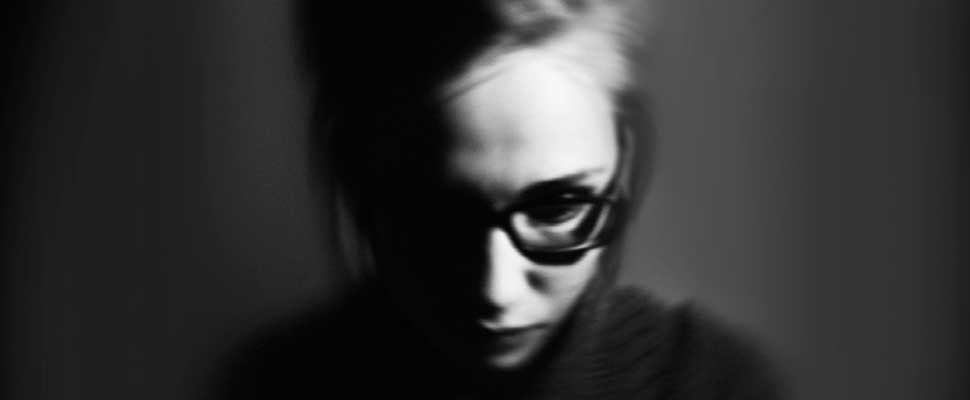Test To Find Out if You Are Struggling With Anxiety
With the Beck anxiety test, you will discover if you have this disorder. This short self-administered questionnaire has great acceptance to measure anxiety in adults and adolescents. It has been used both in clinical evaluation and in basic research.

The Woman Post | Laura Valentina Cortés Sierra
Listen to this article
The psychologist Beatriz Gil Bóveda explains it is a 21-item multiple-choice questionnaire that measures the severity of current anxiety in adults and teenagers. It describes the emotional, physiological, and cognitive symptoms of anxiety, being a very adequate test to discriminate anxiety from depression. This test commonly referred to as Beck Anxiety Inventory (BAI) was created by Aaron T. Beck in the 1980s. In the questionnaire, there is a list of common symptoms of anxiety.
A big advantage of the BAI is how quickly it can be performed. It has proven to work with different languages, cultures, and age groups. Gil Bóveda expresses this questionnaire can be used to assess and establish a baseline of anxiety. Both as support to clinical diagnosis and to detect the efficacy of treatment as it progresses.
The Woman Post invites you to fill this questionnaire by carefully reading each of the items and indicating how much it has affected you in the last week including today. In a range of points of (0: for not at all), (1: for mildly – but it didn’t bother me much), (2: for moderately – it wasn’t pleasant at times), or (3: for severely- it bothered me a lot.)
1. Numbness or tingling.
2. Feeling hot.
3. Wobbliness in legs.
4. Unable to relax.
5. Fear of worst happening.
6. Dizzy or lightheaded.
7. Heart pounding/racing.
8. Unsteady.
9. Terrified or afraid.
10. Nervous.
Also read: GET OVER THE STRESS OF SOCIALIZING AGAIN
11. Feeling of choking.
12. Hands trembling.
13. Shaky/unsteady.
14. Fear of losing control.
15. Difficulty in breathing.
16. Fear of dying.
17. Scared.
18. Indigestion.
19. Faint/lightheaded.
20. Face flushed.
21. Hot/cold sweats.
After completing the test add up your results and check what this score implies. A score of 0 to 21 means low anxiety. A score of 22 to 35 means moderate anxiety. A score of 36 and above means potentially concerning levels of anxiety.
If your result is that you are likely to have anxiety, it could be a good idea to see a professional. Identifying what sort of anxiety you’re dealing with can be somewhat challenging because how one’s body reacts to perceived danger can be entirely different compared to another person, according to Healthline.
Some helpful attitudes to learn how to deal with your anxiety are identifying and learning to manage your triggers with long-term strategies through behavioral therapy, medications, or other strategies. Doing a daily routine of meditation, trying to improve your diet, keeping your body and mind healthy, and sleeping well are attitudes you can start putting the focus on. With a healthier lifestyle comes healthier mental health. According to Healthline, anxiety may always be a part of your life, but it shouldn’t overtake your day-to-day life and even the most extreme anxiety disorders can be treated so that the symptoms aren’t overwhelming.




